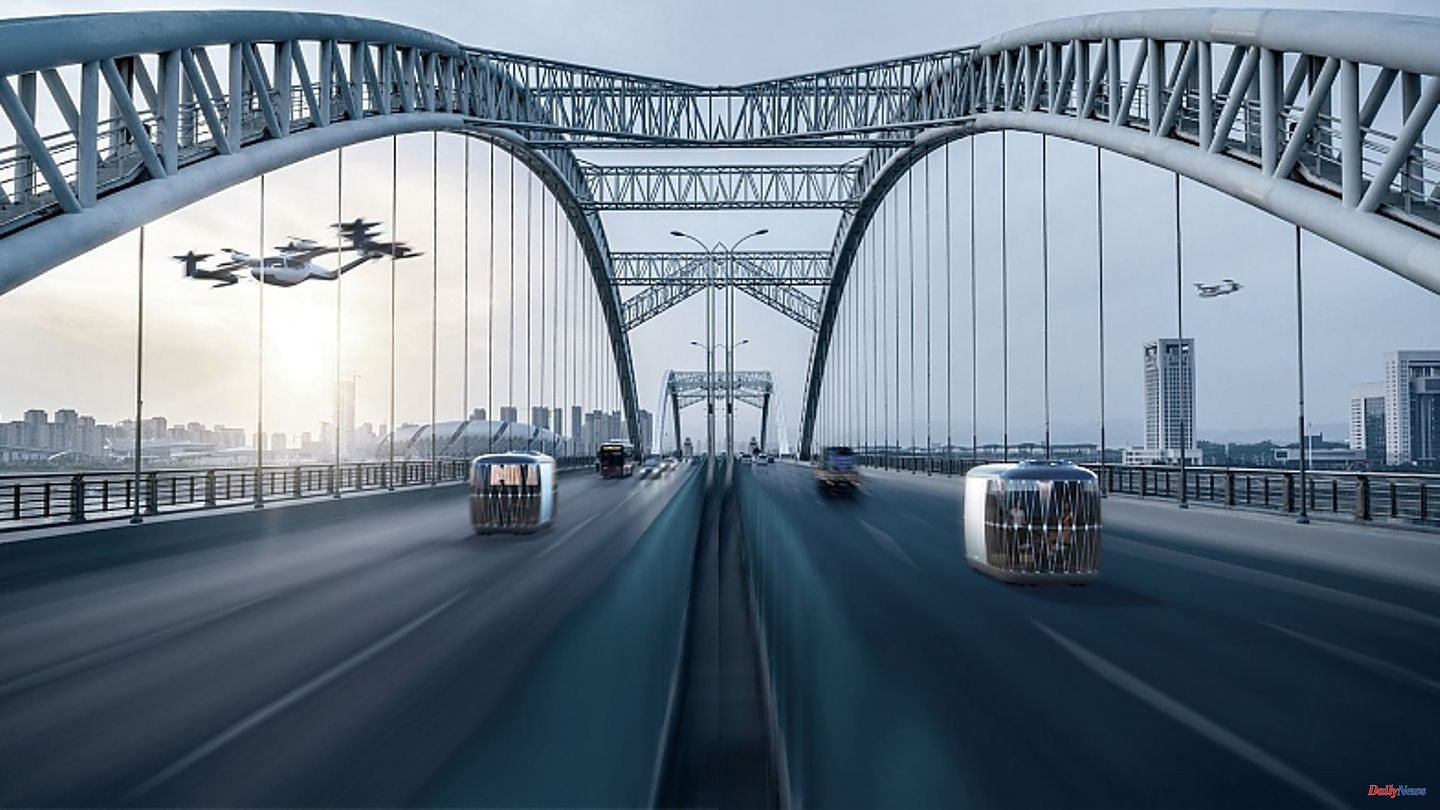"What sounds like a fairy tale today can be reality tomorrow." That's how "Space Patrol - The Fantastic Adventures of the Spaceship Orion", a grandiose German science fiction series from the 1960s, began with Major Cliff Allister McLane (Dietmar Schönherr). his team against aliens (“Frogs”) who are invading the earth. The idea of electric flight taxis is not that far off in the future, but when the idea of transporting people in cities with small electric aircraft through the air came up a few years ago, there was still a pinch of skepticism.
Not the idea itself. In the overcrowded metropolises, every alternative means of transport helps to prevent gridlock. But electric aircraft that should also fly autonomously? Possible. Even likely! But not so soon. But when a manufacturer like Hyundai gets serious about eVTOL (electric Vertical Take-Off and Landing aircraft), the idea of flying taxis takes on a completely different dynamic.
During the past CES, the Hyundai Motor Group announced the founding of the subsidiary Supernal, as an "Urban Air Mobility Division", i.e. with the aim of getting such vehicles into the air. Hyundai does not focus on Urban Air Mobility (UAM) for short distances, but also RAM (Regional Air Mobility for longer distances). The first commercial flight is scheduled for 2028. The first concepts are interesting. On the one hand, an eVTOL with a lithium battery as the energy source for the drive and sTOL (short take off and landing). The latter is basically a classic propeller aircraft with hydrogen propulsion and space for up to 19 passengers. While an urban aircraft only offers space for four to five people. The vertical take-off is one of the limiting factors.
Even when flying, the eye eats with it. As with the cars, a Hyundai air taxi should stand out from the crowd. In order for this to succeed, Hyundai chief designer Luc Donckerwolke and his colleague Diana Kloster (fabrics, materials, color design) have already developed initial ideas of what these aircraft could look like. Flying cars are not planned, but these air taxis should later relieve individual traffic. It is obvious that this type of transport is initially no cheaper than a taxi. This is not the only reason why costs are a major issue during implementation. One idea to reduce this is for several vehicles to be controlled by one pilot, similar to what is already the case with drones. During development and production, ideas from automobile production can also be adopted. This starts with batteries and extends to concepts and components for autonomous driving, which uses aeronautics in terms of redundancy.
Other companies are also working full steam ahead on the dream of flying electric vehicles and are already a step ahead of Hyundai. Volocopter is one of them. The German company has been developing air taxis for several years. A four-seater prototype recently completed its first demonstration flight. Compared to its brother VoloCity, the VoloConnect can cover a distance of 60 miles (97 km) with a maximum speed of 155 mp/h (249 km/h). In addition to urban short-distance mobility (UAM), logistics is another important purpose for the flying vehicles. The cargo drone VoloDrone has already carried out tests together with the logistics company DB Schenker. However, the demand for the air-powered vehicles is not limited to the transport of goods, companies such as ADAC Luftrettung are also interested in this type of locomotion.
Another pioneer is Lilium, a company based in Weßlinger (near Munich), which has been tinkering with vertical take-off electric mini-planes for some time. Together with Honeywell and Denso, the Bavarians have been developing a high-performance electric motor for two years that generates more than 100 kW of power and weighs just four kilograms. That's a big step, because weight also plays an important role in this form of aviation.












